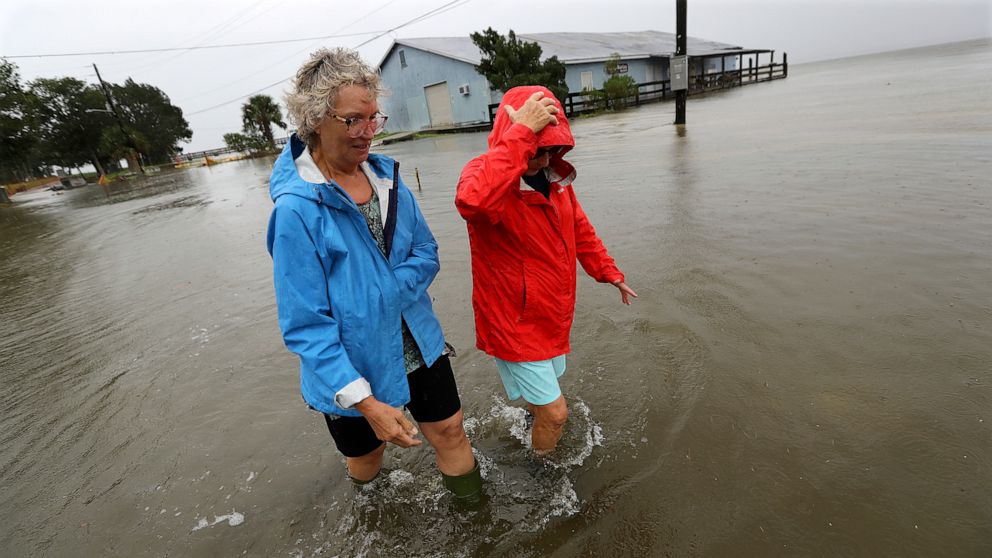Hurricane Dorian's death toll rises to 21 as it charges up Southeast coast; may make landfall in Carolinas
Hurricane Dorian has killed at least 20 in the Bahamas, as well as an elderly man in North Carolina, as the powerful storm charges up the Southeast coast.
Dorian, which restrengthened to a Category 3 hurricane late Wednesday, might make landfall as it inches closer to the Carolinas -- and South Carolina's governor is warning that the time to evacuate will soon be over.
'Time to get out is running out'
Dorian is now hovering just off the coast of Florida and southern Georgia, pummeling the Sunshine State to Savannah to South Carolina with rain.
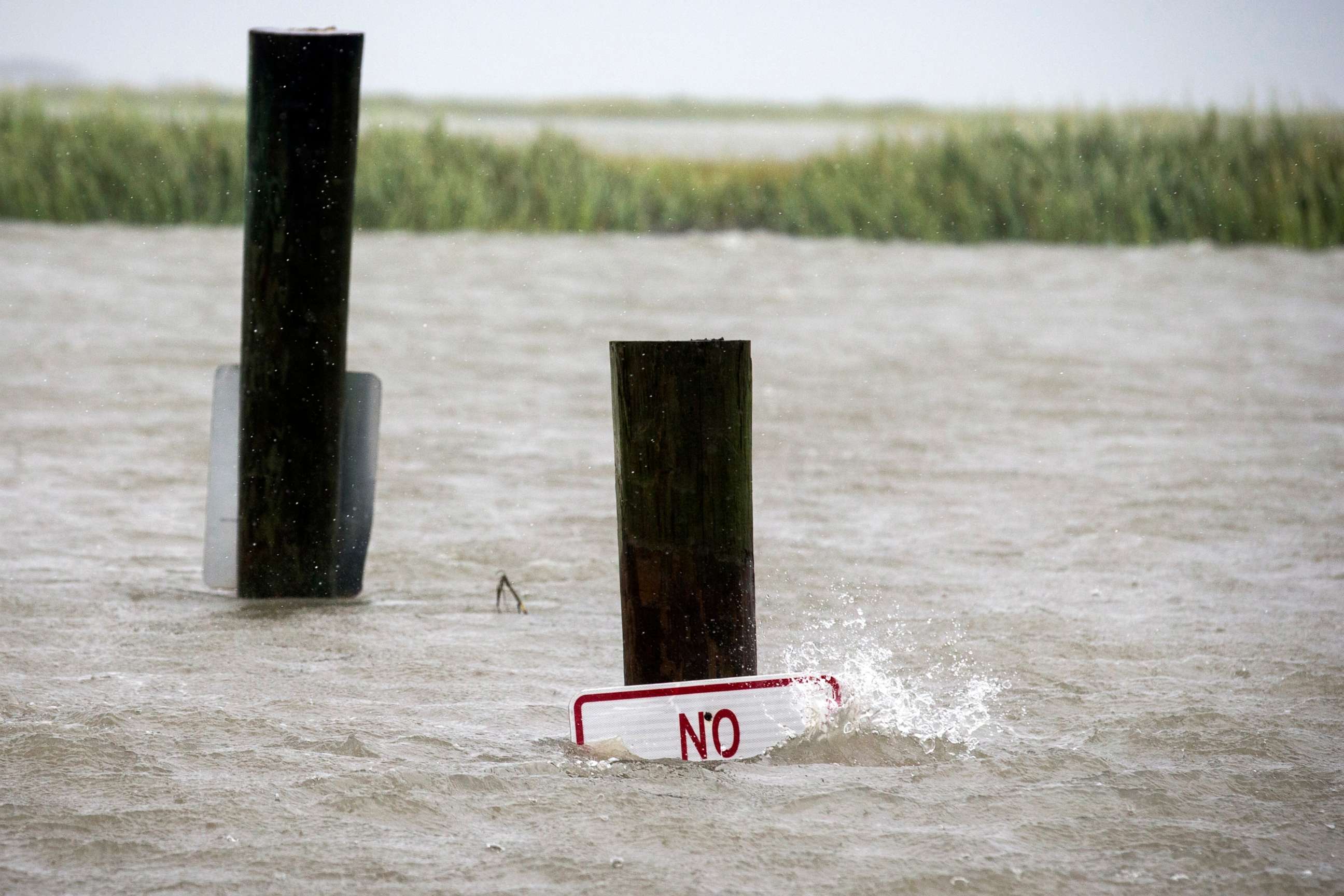
A hurricane warning is in effect for the entire South Carolina and North Carolina coastline, which is set to face the brunt of the storm and a dangerous storm surge of up to 8 feet.
One storm-related death already struck North Carolina. An 85-year-old man fell off a ladder while preparing his Columbus County home for Dorian, Gov. Roy Cooper said Wednesday.
Evacuations were ordered from Florida's east coast to North Carolina's Outer Banks.
Kevin McAleenan, acting secretary of Homeland Security, told Univision that undocumented immigrants should not "worry about immigration enforcement during the storm -- worry about staying safe."
"There will be no routine immigration enforcement during this storm or in the immediate aftermath of this storm," McAleenan said.
Melbourne Beach, Florida, resident Nancy Whiting lives in an evacuation area, but she opted to ride out the storm in her home -- the same as she did for Hurricane Matthew in 2016 and Hurricane Irma in 2017 -- to address leaks right as they hit.
"A lot of the neighbors stayed back. They tend to hunker down, just ride out the storm. They've been through a lot of these before," Whiting told ABC News. "This is what happens in Florida -- you stay and protect your property and help out your neighbors."
But officials are urging those in evacuation zones to flee the coast immediately.
"If you are still in an evacuation zone you still have time to get out -- but time to get out is running out," South Carolina Gov. Henry McMaster said Wednesday.
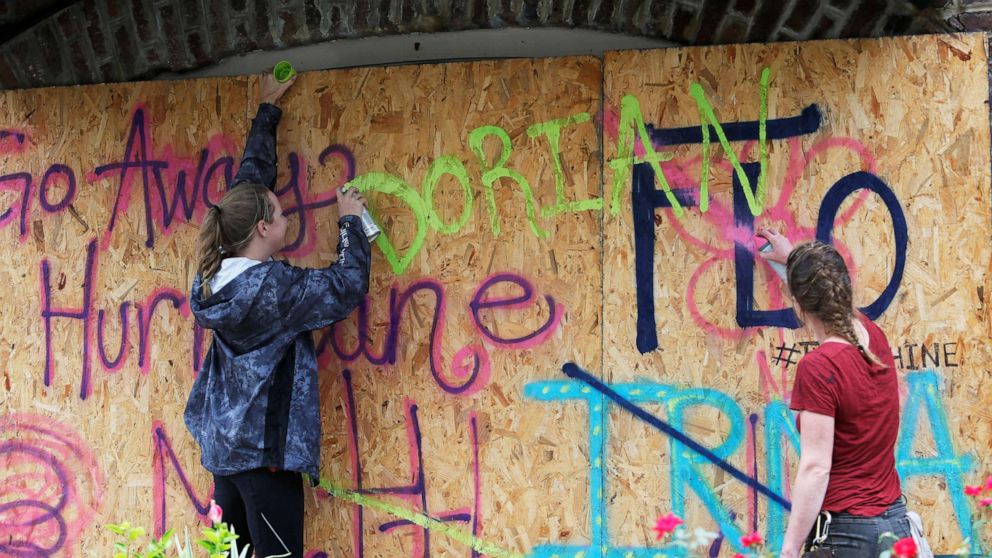
"It's the water that kills people," McMaster warned, "and it's clear that we're going to have a lot of water."
Storm surge will push the water inland into the marshes and the rivers, he said, and at the same time the rain could reach 15 inches, creating "a collision of water" along the coast.
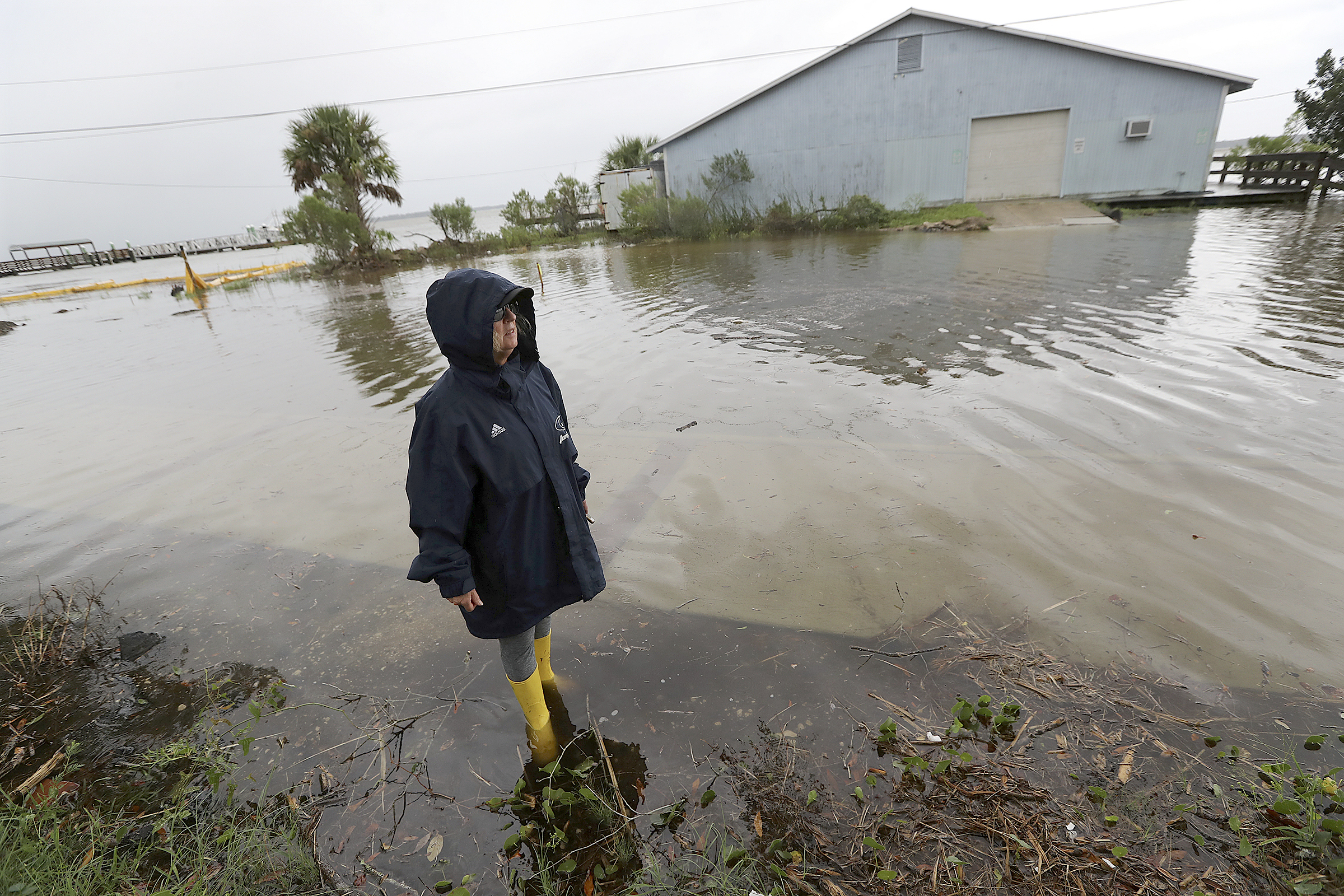
Although for some, evacuating isn't an option. Frances Eason's husband, David, is spending the hurricane in a Mount Pleasant, South Carolina, hospital.
"We went through [Hurricane] Hugo in 1989 and we went through Florence last October and several in between," Frances Eason told ABC News. "We fared well through it all."
"I think we're safe here," she said.
For coastal residents who choose not to evacuate, McMaster recommends staying indoors in an interior room and away from windows and glass doors, closing the curtains and blinds, and securing important personal documents.
And even if there's a lull, don't go outside, McMaster warned -- because that could be the eye of the hurricane.
Dorian's path
Dorian is forecast to pass Savannah, Georgia, overnight Wednesday into Thursday, bringing powerful wind gusts and dangerous storm surge.
The storm will then come close to Charleston, South Carolina, on Thursday. Authorities in Charleston are urging the residents who chose not to evacuate to stay off the roads; authorities said during a storm last year, 40 people were rescues from flooded cars.
From Charleston, the storm will approach Myrtle Beach then North Carolina's coast. North Carolina's Outer Banks will get hit late Thursday into Friday morning.
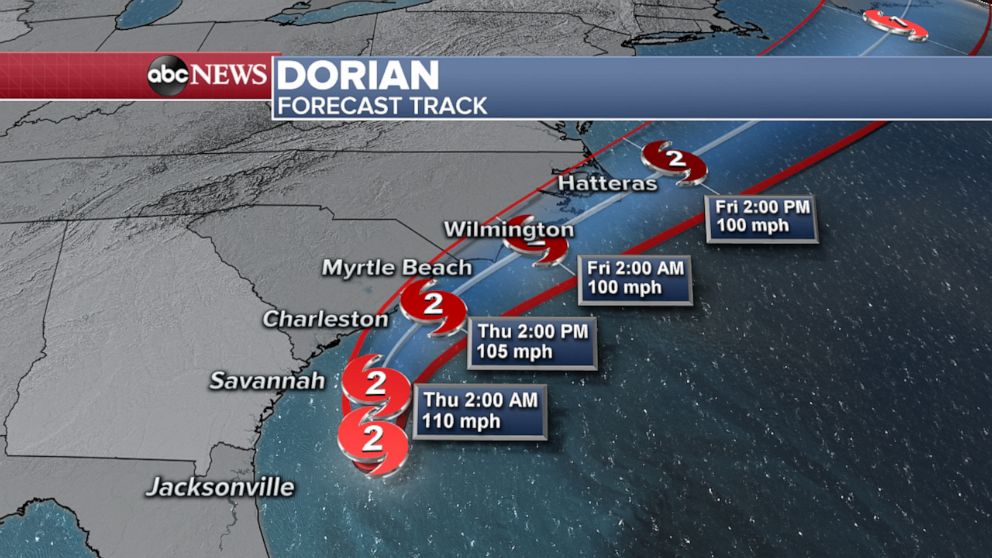
Landfall in possible in coastal South Carolina or North Carolina anytime Thursday night through Friday morning.
Regardless of landfall, Dorian will be close enough to the Carolina coasts to bring near-hurricane-force winds, storm surge and flooding. The biggest threat will likely be coastal flooding from Charleston to the Outer Banks. Up to 15 inches of rain is possible.
Devastation in the Bahamas
Before reaching the U.S., Dorian slammed into the Bahamas on Sunday afternoon as a Category 5 storm, the strongest Atlantic hurricane landfall on record.

At least 20 people were killed in the northern Bahamas, where the storm made landfall, according to Bahamas Health Minister Dr. Duane Sands.
"We can expect more deaths to be recorded," Bahamas Prime Minister Hubert Minnis told reporters Tuesday. "Our priority at this time is search, rescue and recovery."
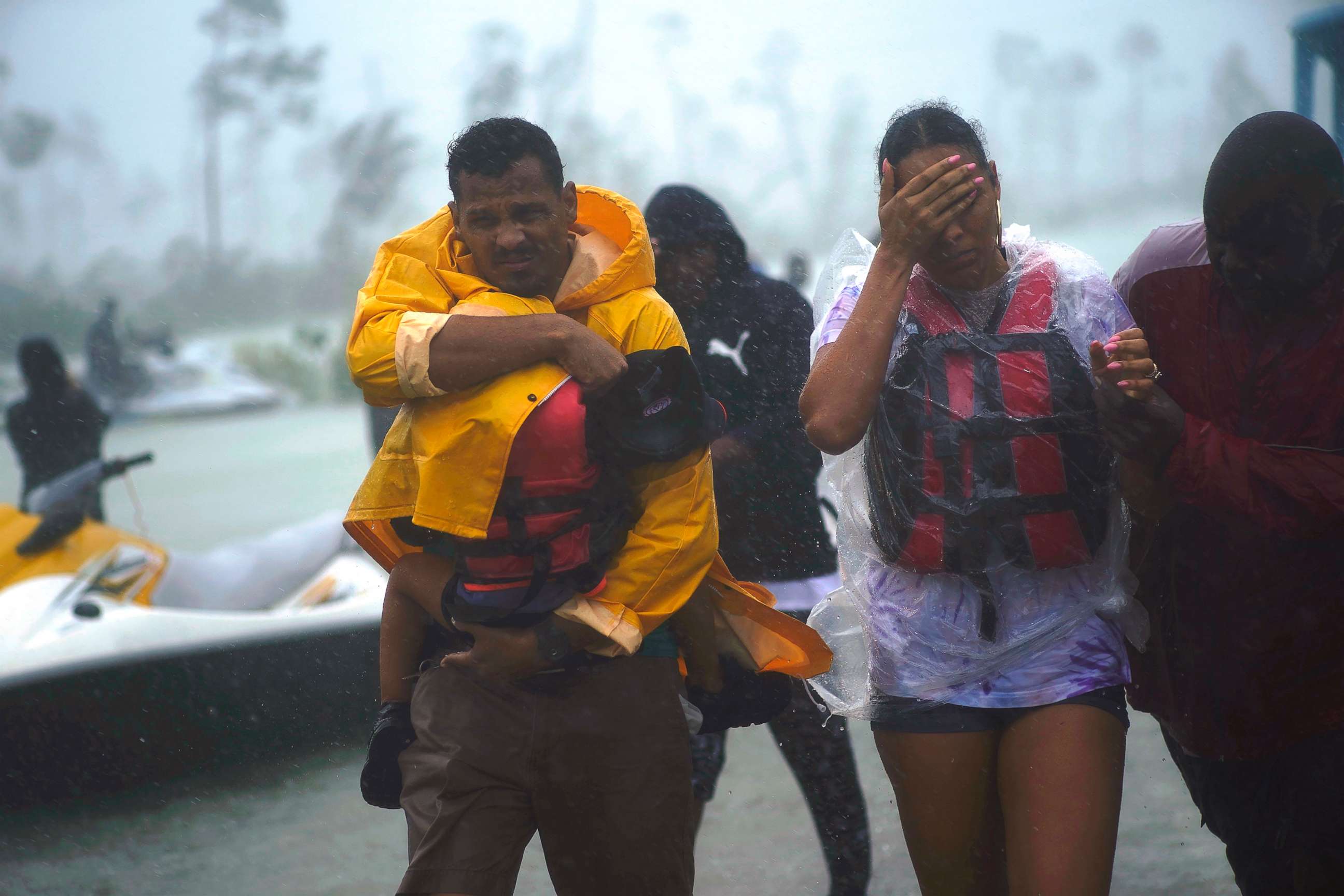
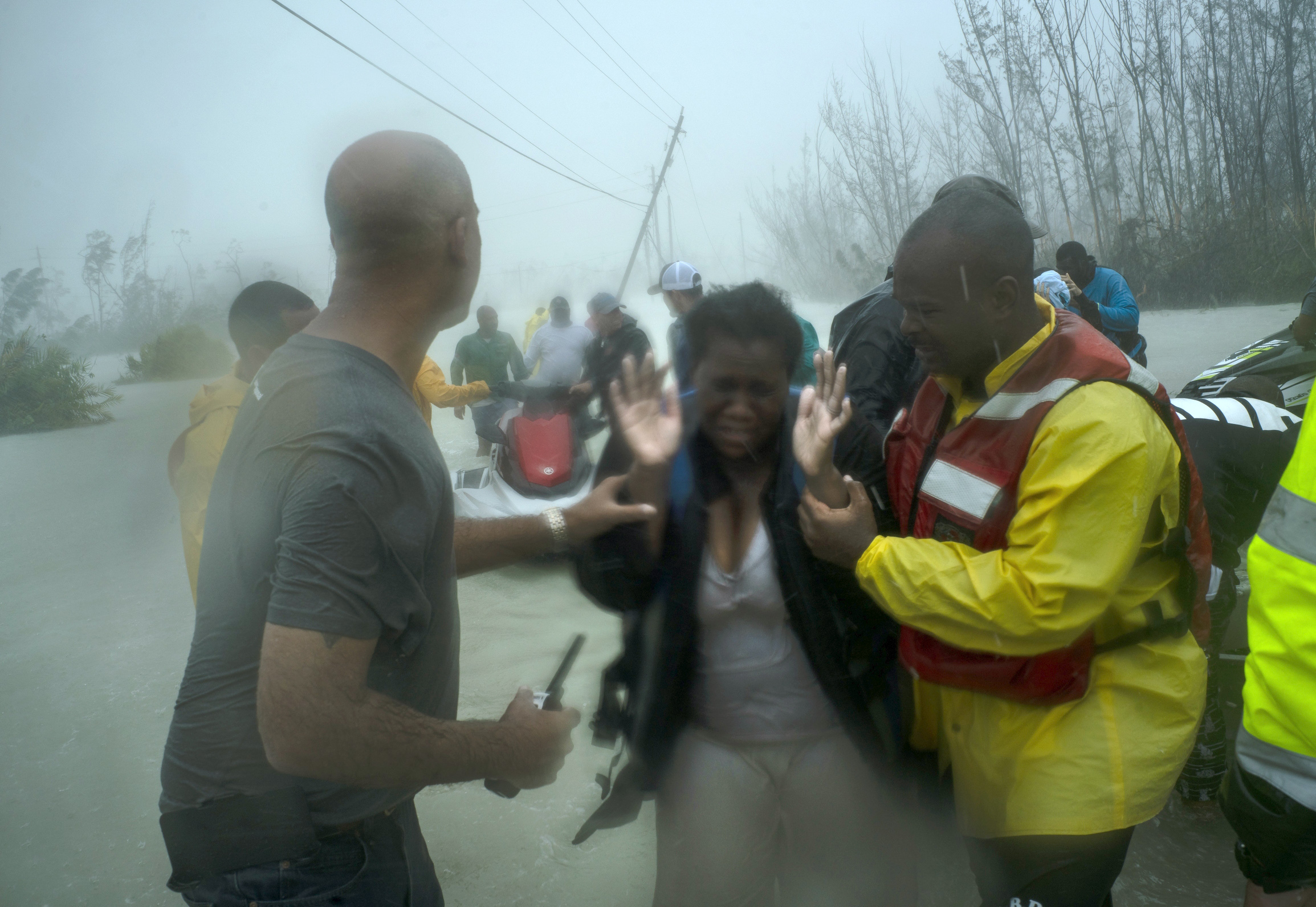
The storm hovered over the archipelago's northern islands for nearly two days, leveling dozens of buildings, flooding roads and submerging an airport.
Theo Neilly, the Bahamas consul general to the United States, said the greatest need is for water, nonperishable food, generators, tents and tarp poles.
"We're receiving supplies and we're looking for people who can assist with shipping," Neilly told ABC News on Tuesday.

The British Royal Navy delivered food to the hard-hit Abaco Islands Tuesday night, according to the Bahamian prime minister. The U.S. Department of State said it's providing humanitarian assistance, and the U.S. Coast Guard said it's rescued 61 people.
Princess Margaret Hospital in the capital, Nassau, is now the only hospital capable of treating the most seriously injured in the Bahamas, according to Dr. Caroline Burnett-Garraway, medical chief of staff at the hospital.
The hospital has received 38 patients, including children, who were evacuated from hard-hit islands, she said. Three of the patients, all men, died after arriving at the hospital, Burnett-Garraway told ABC News.
Evacuees' injuries range from head injuries to broken bones to dehydration, she said, as many of them were subjected to floodwaters and intense winds for days.
ABC News' Marcus Moore, Max Golembo, Mina Kaji, Reed McDonough, Chad Murray, Daniel Peck, Matt Foster and Quinn Owen contributed to this report.
